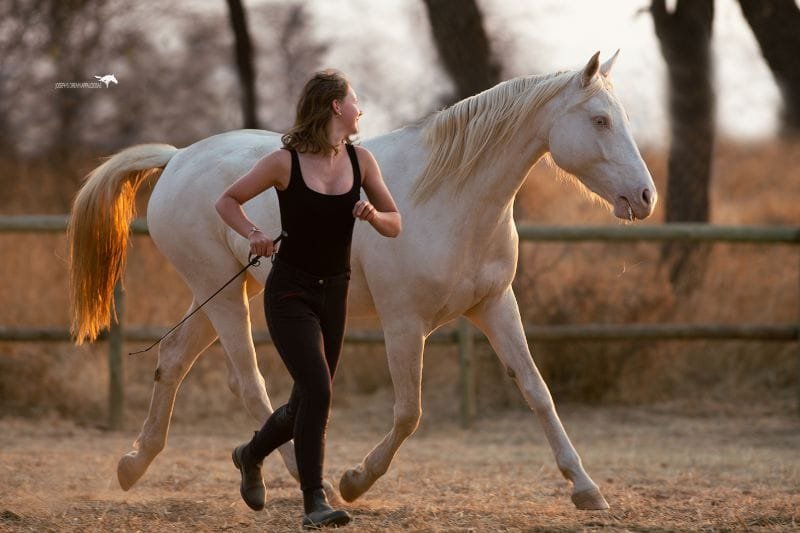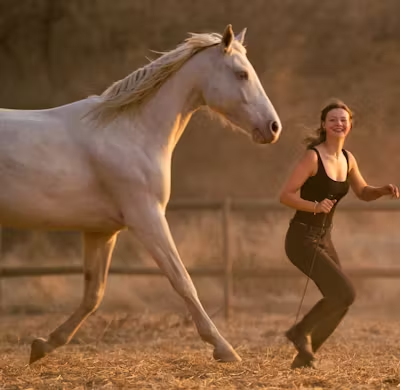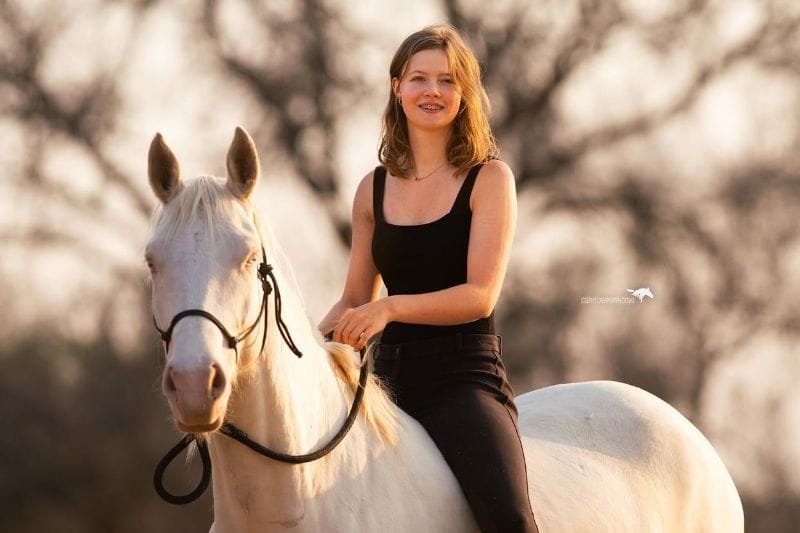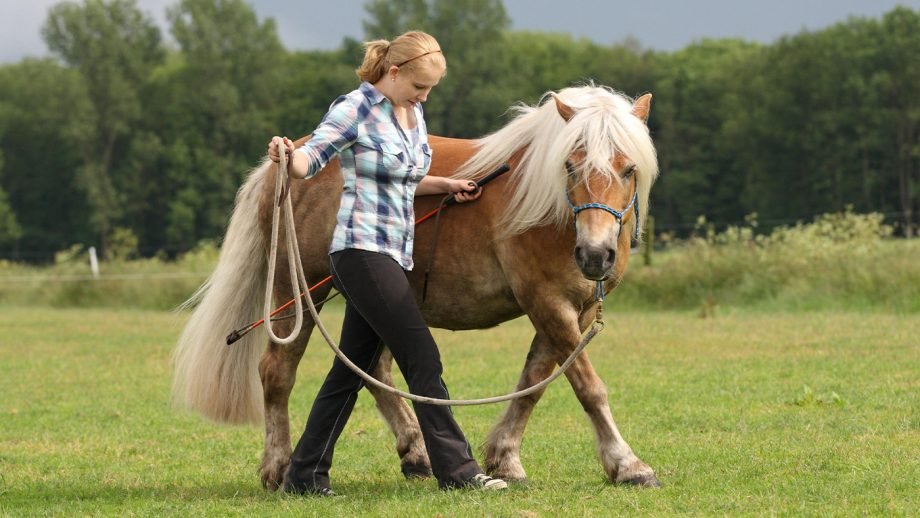Natural Horsemanship is a way of working with horses that emphasizes communication, trust, and partnership instead of fear or domination.
It’s about understanding the horse’s natural instincts and body language and using that knowledge to build a better, more respectful relationship.
Whether you’re riding, leading, or just spending time with your horse, natural horsemanship focuses on creating a mutual connection that lasts a lifetime.
What Is Natural Horsemanship?
Natural horsemanship is more than just a training method — it’s a philosophy. It teaches that horses aren’t machines to control, but sensitive, intelligent beings that communicate through energy, movement, and subtle cues.
Instead of using force or harsh equipment, natural horsemanship techniques encourage:
- Clear communication
- Consistent boundaries
- Positive reinforcement
- Emotional connection
It’s often summarized by the phrase: “Work with the horse, not against it.”
Understanding the Horse’s Mind

To train naturally, you need to think like a horse.
Basic Horse Psychology:
| Trait | What It Means for Training |
|---|---|
| Prey animal | Horses are naturally cautious and alert to danger |
| Herd instincts | They feel safe with a confident, calm leader |
| Body language driven | Horses “speak” with their posture, ears, eyes, and energy |
| Pressure and release-based | They learn through subtle pressure and immediate release |
By paying attention to their signals, you can adjust your approach in a way that the horse understands and respects.
Key Natural Horsemanship Techniques

1. Join-Up
One of the most famous techniques, developed by Monty Roberts, “Join-Up” involves working with a loose horse in a round pen. Through body language and movement, you encourage the horse to see you as a trusted leader.
✅ Goal: The horse chooses to “join” you and follow voluntarily — a sign of trust.
2. Pressure and Release
Instead of pulling or forcing, you apply gentle pressure (with a rope, hand, or your body), then immediately release the pressure once the horse responds correctly. The release is the reward.
✅ Goal: The horse learns to respond to light cues and respects space and direction.
3. Groundwork
Before riding, groundwork builds a strong foundation. This includes:
- Leading with respect
- Backing up on cue
- Yielding the hindquarters and forequarters
- Lunging and liberty work
✅ Goal: Improve communication and respect from the ground first.
4. Consistency and Calm Energy
Horses mirror your emotional energy. Staying calm, consistent, and confident helps your horse feel safe and secure.
✅ Goal: Become a leader your horse can trust — not fear.
Building Trust Through Everyday Actions
Natural horsemanship isn’t just about training sessions — it’s about how you interact with your horse every day.
| Activity | Trust-Building Tip |
|---|---|
| Grooming | Move slowly and read their reactions |
| Feeding | Be consistent and respectful of their space |
| Catching in pasture | Approach calmly, let them come to you if possible |
| Tack up & mounting | Take your time, reward calm behavior |
| Riding | Use gentle aids, ride with feel |
Over time, your horse begins to see you as a safe, reliable partner, not just a rider.
🧡 Benefits of Natural Horsemanship
| Benefit | Why It Matters |
|---|---|
| Stronger bond | Your horse wants to be with you |
| Safer experiences | Trust leads to less resistance and fear-based behavior |
| Better performance | A relaxed horse is more responsive and willing |
| Long-term results | Training based on respect is more sustainable |
Natural horsemanship can help solve common problems like trailer loading issues, fear of tack, spooking, or disrespect on the ground — all without force.
Popular Natural Horsemanship Trainers

If you want to dive deeper, here are some well-known figures in the natural horsemanship world:
- Monty Roberts – Creator of Join-Up®
- Pat Parelli – Known for the Parelli Natural Horsemanship program
- Buck Brannaman – Real-life inspiration for The Horse Whisperer
- Clinton Anderson – Focus on groundwork and respectful leadership
You can find videos, books, and clinics by these trainers to learn more at your own pace.
Final Thoughts
Natural horsemanship is a journey — not a quick fix. It requires patience, observation, and empathy. But the reward is deep: a horse that trusts you, listens to you, and enjoys being with you.
It’s not about dominating your horse, but leading them in a way they understand. When you shift your focus from control to connection, everything changes.
🧾 Quick Recap: Natural Horsemanship Basics
| Principle | Focus |
|---|---|
| Communication | Body language, energy, consistency |
| Partnership | Working with the horse, not against it |
| Respect & Trust | Earned through calm leadership |
| No force-based tools | Gentle cues and rewards instead |
| Groundwork foundation | Build trust before riding |

